FPGA vs. ASIC: Choosing the right technology for your project
The world of technology is like a smoke-free battlefield, with new innovations and technologies emerging every day, transforming every aspect of our lives. In this ongoing technological struggle, ASICs (Application-Specific Integrated Circuits) and FPGAs (Field-Programmable Gate Arrays) are undoubtedly the two main forces, holding pivotal positions in the field of hardware design. Will you choose a stable warrior, or a flexible chameleon?
This article will delve into the differences, advantages, and disadvantages of ASICs and FPGAs, and explore their combat capabilities in various application scenarios. If you're facing a dilemma in chip selection, whether you're a circuit designer, system engineer, or hardware enthusiast, you'll find the answer here. With the lens of a "superhero showdown," let’s examine which of the two can dominate the world of hardware design.
Ⅰ. ASIC — The Customized Superhero, Speed and Efficiency Combined
What is an ASIC?
ASIC (Application-Specific Integrated Circuit), as the name suggests, is an integrated circuit designed for a specific application. It is a fully customized chip, created solely to complete a particular task. Think of it as a "tool" tailor-made for a specific scenario. Unlike general-purpose chips, every circuit and function in an ASIC is tailored to meet a specific need, which is why it offers extreme performance and efficiency.
Imagine you have a craftsman who does one task every day, and is extremely skilled at it. No matter how complex the task, he can perform it efficiently because he focuses only on that one job. On the other hand, an FPGA is like a jack-of-all-trades, able to handle a variety of tasks, but when it comes to executing a single task with high efficiency, an ASIC will definitely come out on top.
How ASIC Works
The core advantage of an ASIC lies in its customization. When you need an ASIC, you're essentially telling the design team: "I need a circuit that can complete this specific task." ASIC design involves hardware-level circuit design, with each chip's function being predetermined and determined in collaboration with hardware designers. Every step requires extremely high precision and optimization, which is why the development cycle for these chips is so long, and the cost of design errors can be extremely high.
From a production perspective, the design and manufacturing cycle of an ASIC is usually longer than that of an FPGA. Before finalizing the product design, an ASIC development cycle goes through multiple rounds of validation, simulation, and evaluation. These steps ensure that the ASIC will work as expected and operate stably.
Advantages of ASIC: Efficiency and High Performance
The greatest advantage of an ASIC is its specialization. Once designed, it does not change, allowing it to provide the most optimized performance for a specific application. If you're developing a high-performance system such as computational acceleration, video decoding, or embedded processors, an ASIC is often the best choice. Its high-speed performance and low power consumption make it the best cost-effective solution for mass production.
Moreover, ASICs have a significant advantage when it comes to power consumption. Since the hardware design is optimized for a specific function, ASICs can achieve lower power consumption, which is particularly important in mobile devices and energy-sensitive applications.
Disadvantages of ASIC: A Fate That Cannot Be Changed
While ASICs have unmatched advantages in performance and power consumption, they also have inherent limitations. The biggest challenge is their unchangeability. Once an ASIC design is completed and put into production, you can hardly change its functionality. If there is a design error or a need to adapt to new requirements, you have to redesign a new ASIC, which will go through a long validation process.
This is a fatal flaw for projects that require continuous updates and iterations. In fast-paced technological environments, this inflexibility may lead to project delays and budget overruns.

Ⅱ. FPGA — Flexibility is My Secret Weapon!
What is an FPGA?
If an ASIC is a chip "customized" for a specific task, an FPGA is more like a universal tool, flexible enough to change according to different needs. FPGA (Field-Programmable Gate Array) is hardware that can be programmed and configured on-site. Its working principle is to configure the chip's logic circuits through hardware description languages (HDL) to adapt to different application needs.
The key feature of an FPGA is its flexibility. Unlike the "rigid" nature of an ASIC, an FPGA allows you to modify its functionality at different times depending on project requirements, which makes it the preferred solution during prototype design, verification, and development stages.
How FPGA Works
FPGAs contain thousands of logic gate arrays, which are programmed to perform different functions. Developers can write hardware description languages (such as VHDL or Verilog) to define the logic circuits and program the FPGA on-site to perform various tasks. In other words, an FPGA can function like a flexible platform that integrates hardware and software, changing its behavior through programming.
During development, FPGAs allow developers to quickly prototype, verify, and test functions, without the need to go through the lengthy development cycles typical of ASICs. This is especially important for projects that need fast validation and prototyping.
Advantages of FPGA: Flexibility and Variability
The greatest advantage of an FPGA is undoubtedly its flexibility. Unlike ASICs, FPGAs can be reconfigured on-site. This means that when requirements change, an FPGA can respond immediately without the need for new production runs. For fast-paced technology projects, FPGAs allow developers to iterate, test, and optimize in a very short time.
Additionally, FPGAs can provide high performance when handling complex algorithms. While its performance may not match that of an ASIC, for applications requiring high parallel computing or custom processing, an FPGA is still a very powerful tool.
Disadvantages of FPGA: Development Complexity and Performance Limitations
Despite its massive advantage in flexibility, FPGAs are not perfect. FPGA development requires developers to have both hardware design and programming skills. Unlike ASICs, FPGA programming requires mastery of hardware description languages (HDL), which can be a challenge for many software engineers.
Moreover, while the configurability of an FPGA is highly flexible, its performance typically lags behind that of a custom ASIC. For instance, in terms of processing speed and power consumption, FPGAs usually fall short of ASICs. Especially in high-performance, large-scale production applications, ASICs typically have the competitive edge due to their hardware customization.

Ⅲ. Performance, Cost, and Time — Who Will Take the Lead?
Performance Showdown: Who Wins the Speed Race?
In terms of performance, ASICs are undoubtedly the champions. In specific applications, ASICs can complete tasks with high speed and efficiency. Especially in cases requiring massive computation, ASICs can deliver exceptional performance, surpassing FPGAs. For example, in fields like video decoding, encryption/decryption, and image processing, ASICs can provide unmatched processing speeds.
However, FPGAs should not be underestimated. With their high degree of parallelism, FPGAs can achieve great performance in some applications. Although their performance may not match that of ASICs, in situations requiring flexibility, FPGAs can bridge the performance gap through configuration.
Cost Showdown: Which One is More Appealing in Terms of Initial Investment and Ongoing Costs?
When it comes to cost, FPGAs typically perform better. Since FPGA development cycles are shorter and they can be reprogrammed multiple times, their costs are relatively lower during prototype development and small-batch production. On the other hand, ASICs require longer cycles and higher development costs, especially before mass production, making the initial investment very high.
However, in large-scale production, the cost per ASIC chip may be lower than that of an FPGA, especially in high-performance computing tasks, where ASICs offer better cost performance.
Time Showdown: Who Can Deliver Quickly, and Who Has to Wait a Long Time?
In terms of time, FPGAs are virtually unbeatable. Since FPGAs can be programmed and adjusted on-site, they can complete prototype design and verification in a short time, while ASICs must go through lengthy design and validation processes. If you need to quickly test a design, FPGA is undoubtedly the better choice.
Ⅳ. Choosing for Different Applications — Who Will Win the Final Battle?
ASIC Applications: The Go-To for High Performance and Large-Scale Production
ASIC applications typically appear in industries with high performance and cost requirements, such as communications, encryption, data centers, and consumer electronics. ASICs can provide extremely high efficiency and stability in these fields.
For example, in 5G base stations, encryption algorithm processing, and artificial intelligence acceleration, ASICs show clear advantages. By customizing the circuit, ASICs can deliver lower latency and higher throughput.
FPGA Applications: The Best Choice for Flexibility and Rapid Iteration
FPGAs are often used in fields requiring quick prototype validation and flexible adjustments. For example, in automotive electronics, medical devices, and edge computing, FPGAs provide excellent support.
In these applications, FPGAs can be flexibly configured according to requirements and can even dynamically adjust during system operation to handle different tasks.
The Final Battle — Sometimes Powerful, Sometimes Flexible
After comparing, the advantages and disadvantages of ASICs and FPGAs are clear. ASICs are suitable for large-scale production applications that require high performance and have a relatively relaxed development cycle, while FPGAs are ideal for projects that need rapid iteration and flexible configuration.
Ultimately, the choice of technology depends on your project needs. If you require an efficient, stable, and long-term investment solution, ASIC is undoubtedly the best choice; if you need more flexibility, especially for rapid development and small-batch production, FPGA is the ideal option.
Regardless of the choice, understanding the characteristics of these two technologies will help you take the high ground in the chip design battlefield.





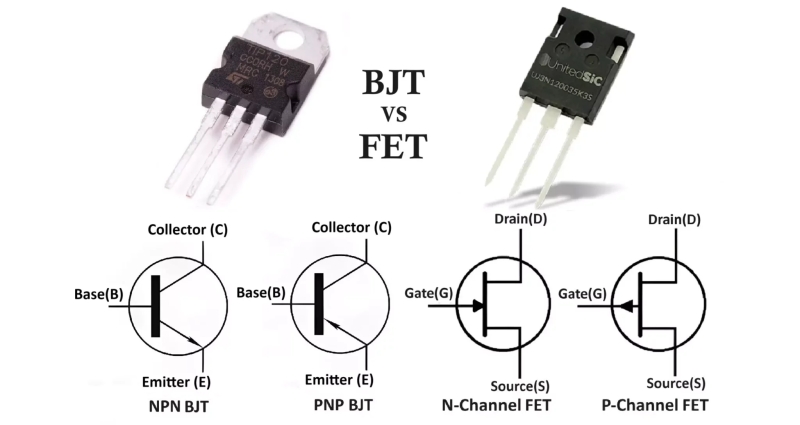

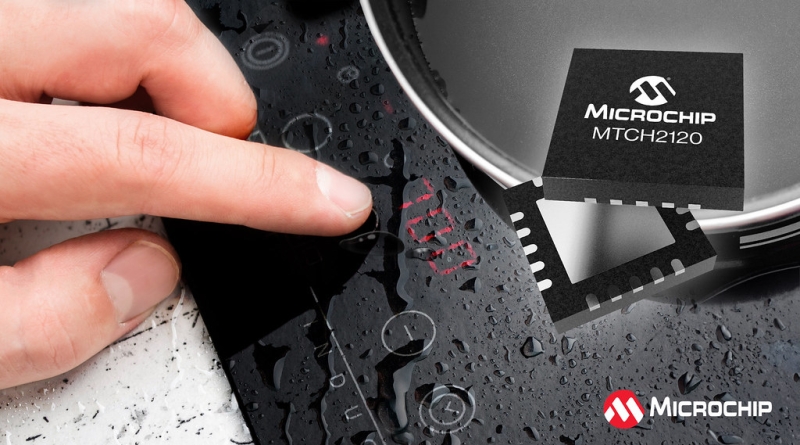
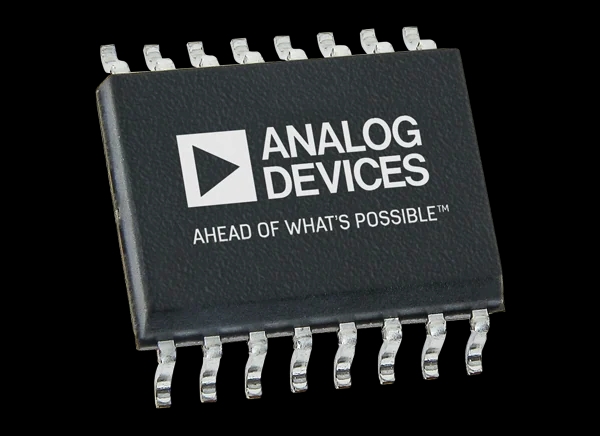
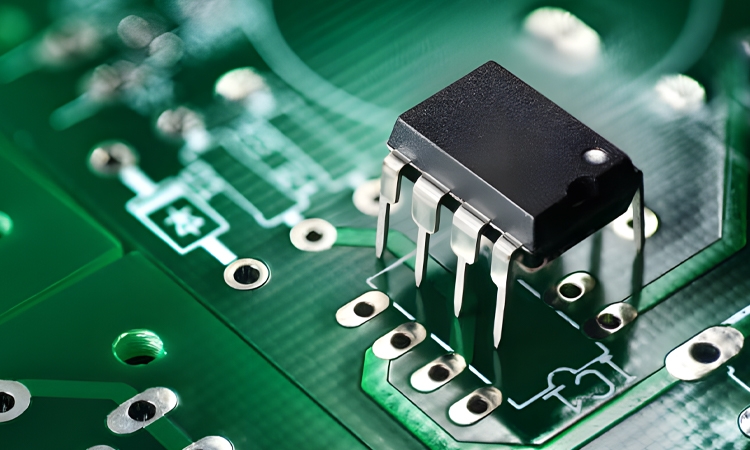
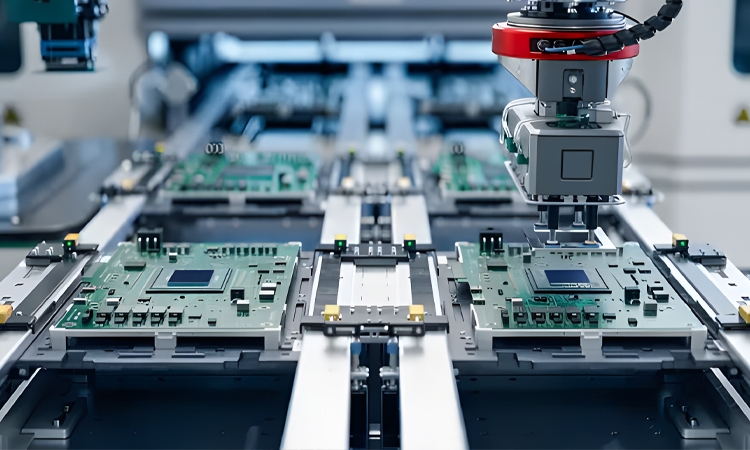
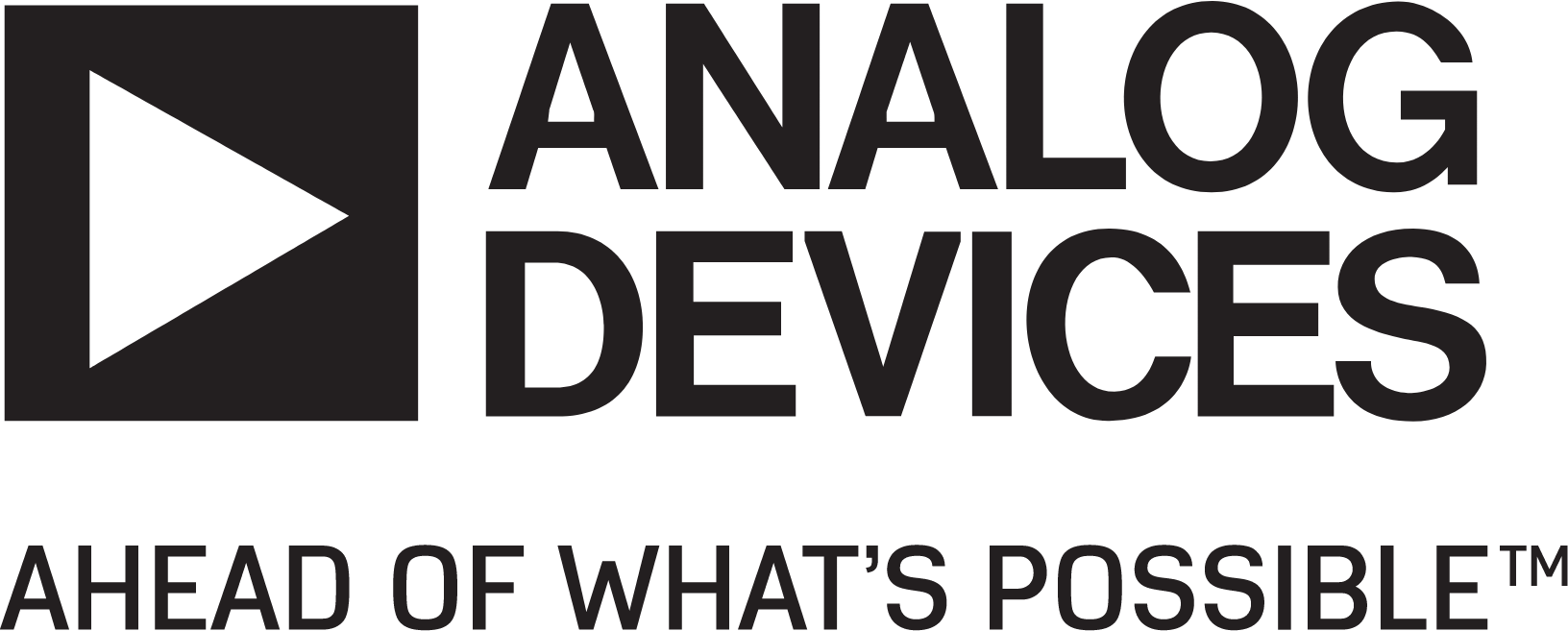



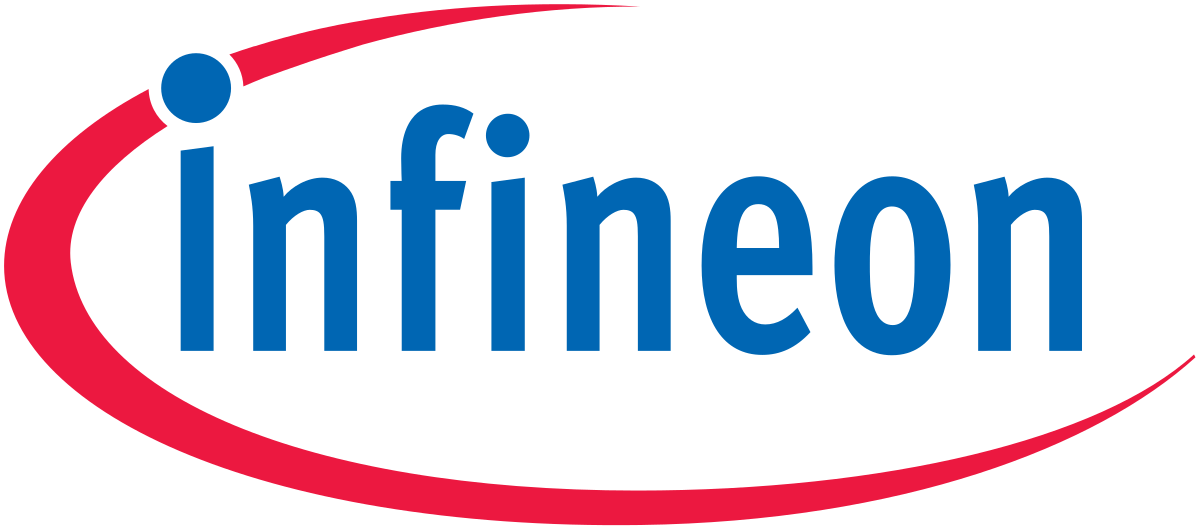



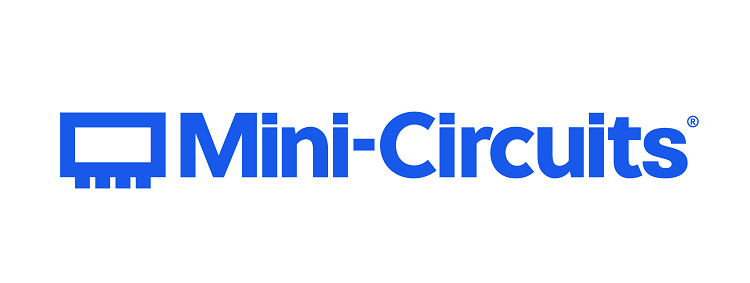
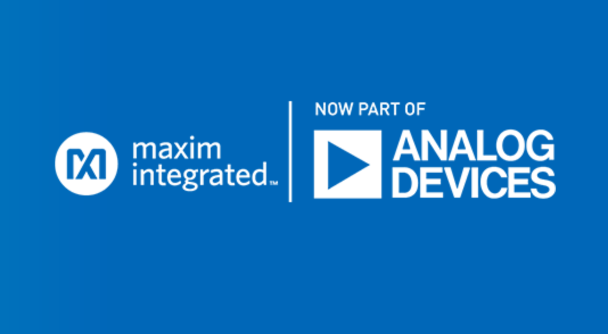



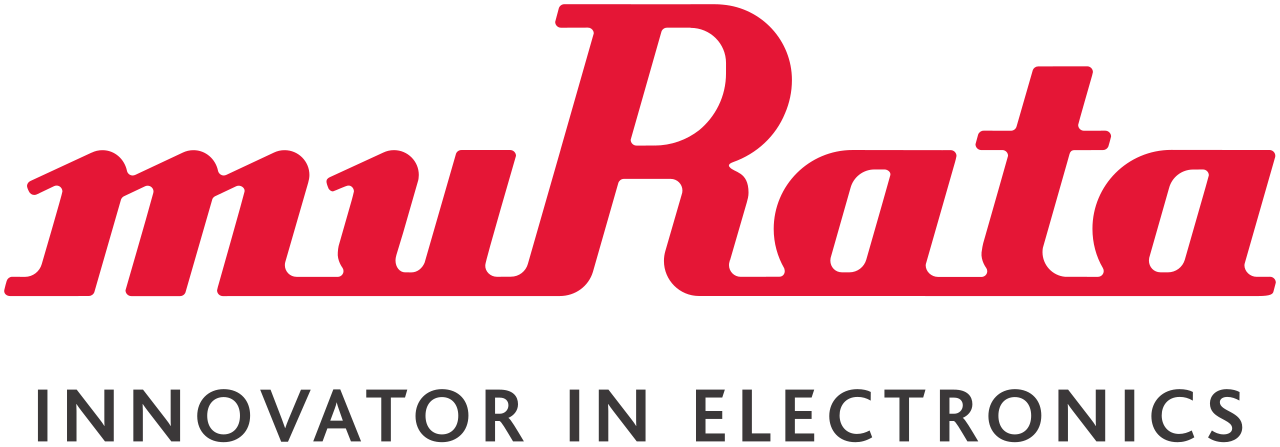



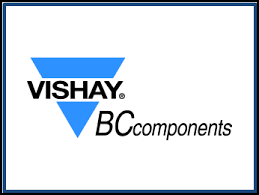
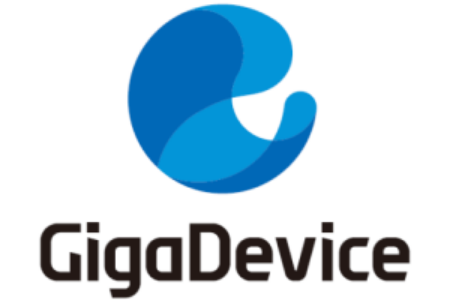
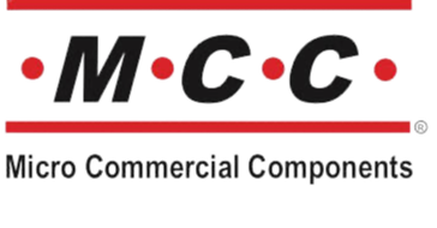





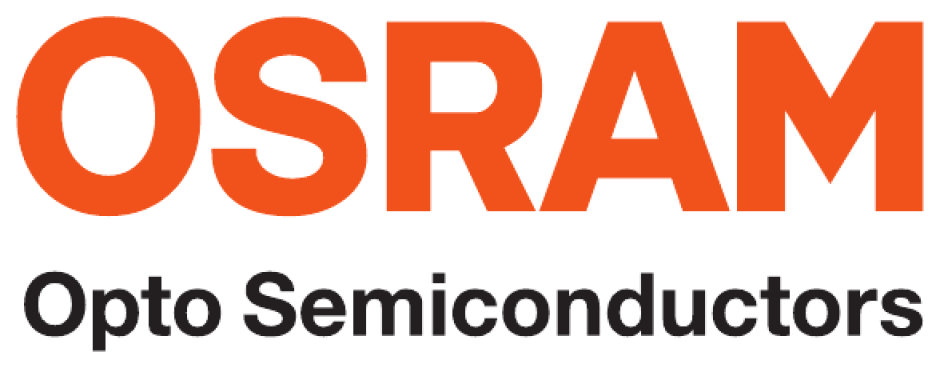

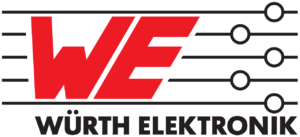














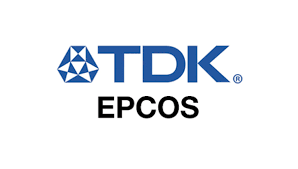

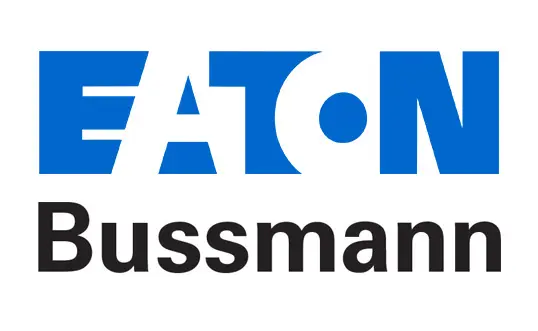


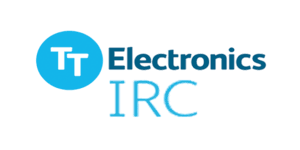
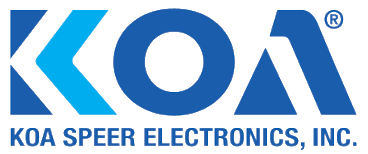

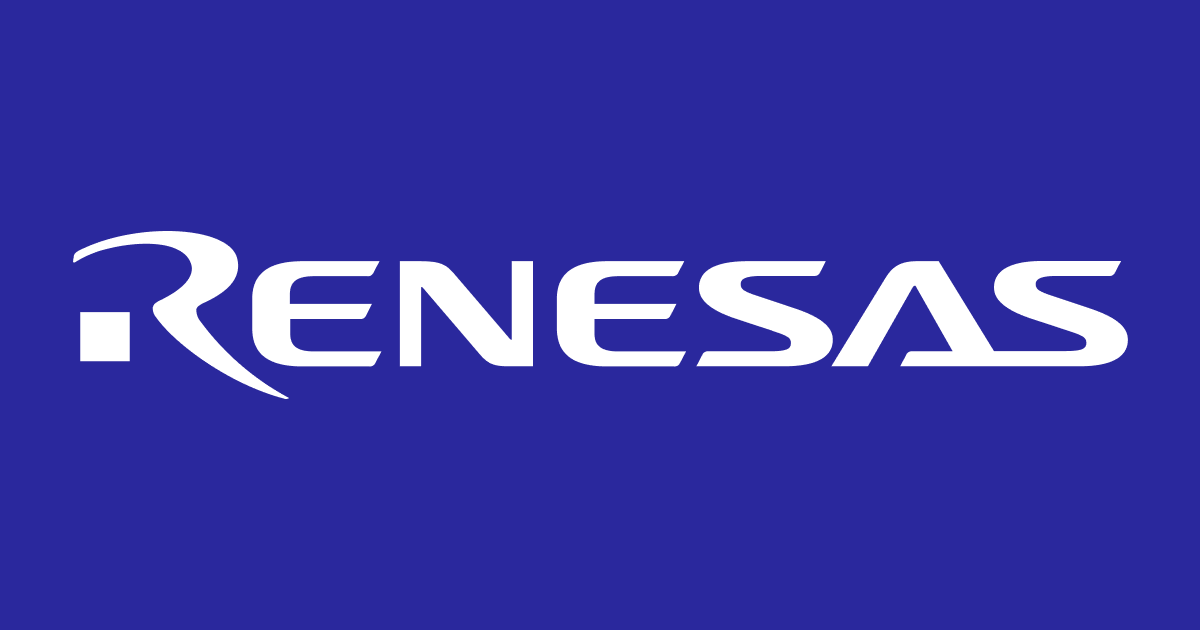
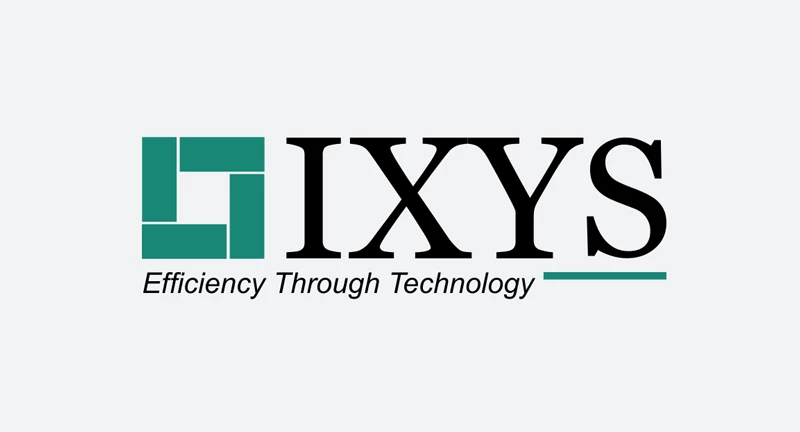
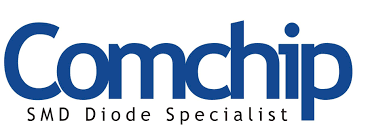
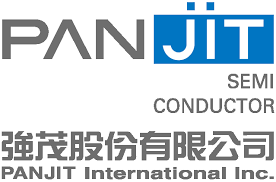

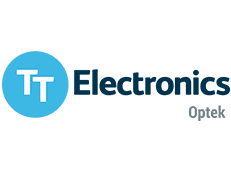


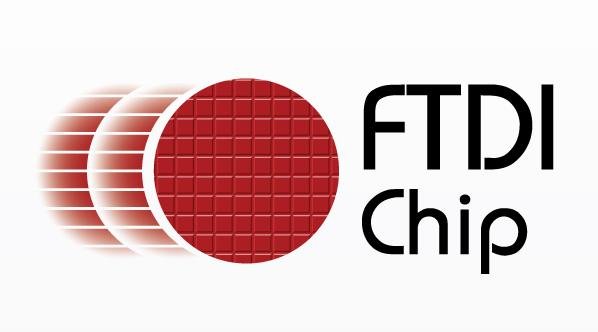
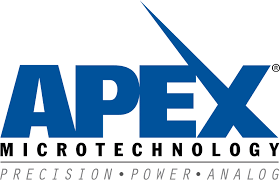


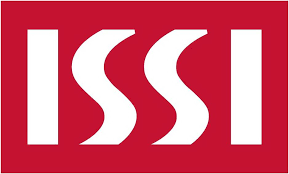











 Chat
Chat


